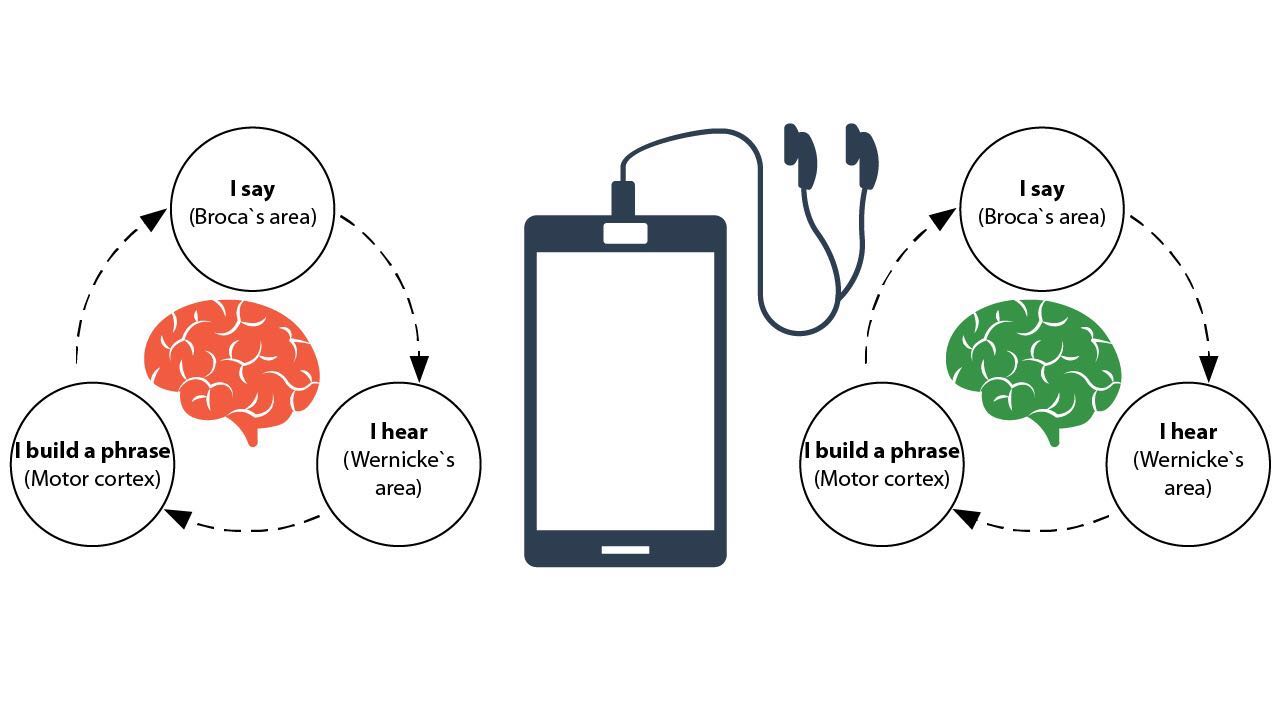|
Disfluencies
A speech disfluency, also spelled speech dysfluency, is any of various breaks, irregularities, or non-lexical vocables which occur within the flow of otherwise fluent speech. These include "false starts", i.e. words and sentences that are cut off mid-utterance; phrases that are restarted or repeated and repeated syllables; "fillers", i.e. grunts or non-lexical utterances such as ''huh'', ''uh'', ''erm'', ''um'', ''well'', ''so'', ''like'', and ''hmm''; and "repaired" utterances, i.e. instances of speakers correcting their own slips of the tongue or mispronunciations (before anyone else gets a chance to). ''Huh'' is claimed to be a universal syllable. Fillers Fillers are parts of speech which are not generally recognized as purposeful or containing formal meaning, usually expressed as pauses such as ''uh'', ''like'' and ''er'', but also extending to repairs ("He was wearing a black—uh, I mean a blue, a blue shirt"), and articulation problems such as stuttering. Use i ... [...More Info...] [...Related Items...] OR: [Wikipedia] [Google] [Baidu] |
Stuttering
Stuttering, also known as stammering, is a speech disorder in which the flow of speech is disrupted by involuntary repetitions and prolongations of sounds, syllables, words, or phrases as well as involuntary silent pauses or blocks in which the person who stutters is unable to produce sounds. The term ''stuttering'' is most commonly associated with involuntary sound repetition, but it also encompasses the abnormal hesitation or pausing before speech, referred to by people who stutter as ''blocks'', and the prolongation of certain sounds, usually vowels or semivowels. According to Watkins et al., stuttering is a disorder of "selection, initiation, and execution of motor sequences necessary for fluent speech production". arlson, N. (2013). Human Communication. In Physiology of behavior (11th ed., pp. 497–500). Boston: Allyn and Bacon./ref> For many people who stutter, repetition is the main concern. The term "stuttering" covers a wide range of severity, from barely perceptible imp ... [...More Info...] [...Related Items...] OR: [Wikipedia] [Google] [Baidu] |
Speech-to-text
Speech recognition is an interdisciplinary subfield of computer science and computational linguistics that develops methodologies and technologies that enable the recognition and translation of spoken language into text by computers with the main benefit of searchability. It is also known as automatic speech recognition (ASR), computer speech recognition or speech to text (STT). It incorporates knowledge and research in the computer science, linguistics and computer engineering fields. The reverse process is speech synthesis. Some speech recognition systems require "training" (also called "enrollment") where an individual speaker reads text or isolated vocabulary into the system. The system analyzes the person's specific voice and uses it to fine-tune the recognition of that person's speech, resulting in increased accuracy. Systems that do not use training are called "speaker-independent" systems. Systems that use training are called "speaker dependent". Speech recognition appl ... [...More Info...] [...Related Items...] OR: [Wikipedia] [Google] [Baidu] |
Vocables
In the broadest sense of the word, a vocable is any meaningful sound uttered by people, such as a word or term, that is fixed by their language and culture. Use of the words in the broad sense is archaic and the term is instead used for utterances which are not considered words, such as the English vocables of assent and denial, ''uh-huh'' and ''uh-uh'' , or the vocable of error, ''uh-oh'' . Such non-lexical vocables are often used in music, for example ''la la la'' or ''dum dee dum'', or in magical incantations, such as ''abra-cadabra''. Many Native American songs consist entirely of vocables; this may be due to both phonetic substitution to increase the resonance of the song, and to the trade of songs between nations speaking different languages. Jewish Nigunim also feature wordless melodies composed entirely of vocables such as ''Yai nai nai'' or ''Yai dai dai''. Vocables are common as pause fillers, such as ''um'' and ''er'' in English, where they have little formal mea ... [...More Info...] [...Related Items...] OR: [Wikipedia] [Google] [Baidu] |
Spain
, image_flag = Bandera de España.svg , image_coat = Escudo de España (mazonado).svg , national_motto = ''Plus ultra'' (Latin)(English: "Further Beyond") , national_anthem = (English: "Royal March") , image_map = , map_caption = , image_map2 = , capital = Madrid , coordinates = , largest_city = Madrid , languages_type = Official language , languages = Spanish language, Spanish , ethnic_groups = , ethnic_groups_year = , ethnic_groups_ref = , religion = , religion_ref = , religion_year = 2020 , demonym = , government_type = Unitary state, Unitary Parliamentary system, parliamentary constitutional monarchy , leader_title1 = Monarchy of Spain, Monarch , leader_name1 = Felipe VI , leader_title2 = Prime Minister of Spain ... [...More Info...] [...Related Items...] OR: [Wikipedia] [Google] [Baidu] |
Uncertainty
Uncertainty refers to epistemic situations involving imperfect or unknown information. It applies to predictions of future events, to physical measurements that are already made, or to the unknown. Uncertainty arises in partially observable or stochastic environments, as well as due to ignorance, indolence, or both. It arises in any number of fields, including insurance, philosophy, physics, statistics, economics, finance, medicine, psychology, sociology, engineering, metrology, meteorology, ecology and information science. Concepts Although the terms are used in various ways among the general public, many specialists in decision theory, statistics and other quantitative fields have defined uncertainty, risk, and their measurement as: Uncertainty The lack of certainty, a state of limited knowledge where it is impossible to exactly describe the existing state, a future outcome, or more than one possible outcome. ;Measurement of uncertainty: A set of possible states or outc ... [...More Info...] [...Related Items...] OR: [Wikipedia] [Google] [Baidu] |

